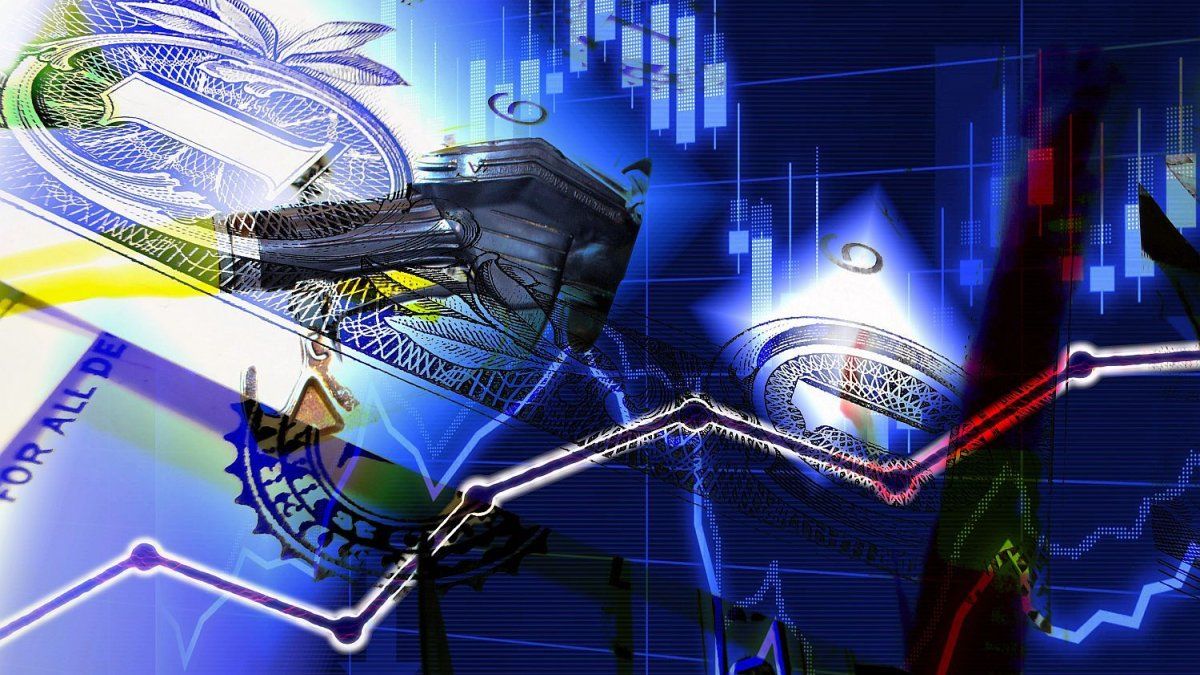Investors digest tense peace in the Middle East and evaluate positions. Raw material prices are also adapting to the new geopolitical scenario. But there are two elements that now work in favor of the upward market.
In the Middle East, some tense calm is breathed after the truce between Iran and Israel at the hands of Donald Trump who, unilaterally, declared the end of the 12 -day war. Therefore, geopolitical analysts warn that the region remains a polvorín and any calculation error can make a peace as weak as unstable, which arouses restlessness for the possibility of a broader conflict between Tehran, Tel Aviv and Washington can jump through the air. It is so The world financial markets closely follow any alteration of oil and gas flows. While an increase in oil prices was discounted, the feeling of risk aversion has remained moderate in all classes of assets, as a weak response from investors who are alert. In this context, much of the raw materials sector was negatively affected in recent weeks, including cereals, soft raw materials and, obvious, crude, while the price of gold and silver fluctuated and maintains fluctuating. However, The experts of the raw material market are taking note of two important events that could incline the balance in favor of the bulls in the markets of futures of raw materials: the fall of the dollar and the fall of the yields of the US Treasury bonds.
The content you want to access is exclusive to subscribers.
On the one hand, The King dollar is receiving a hard blow and is now against the strings. The dollar index (USDX) reached its minimum in 3.5 years and showed a downward trend since mid -January. The USDX is a six -currency basket (Euro, Canadian dollar, Swedish crown, and in Japanese, Swiss Franco and pound sterling) weighted against the dollar. For sector analysts, the index is a good indicator of the general health of the US economy, in addition to most world trade is still done in dollars. So when the dollar depreciates in the exchange market, the purchase of raw materials called in dollars in terms of foreign currencies is cheaper, which suggests a greater demand for such raw materials, such as metals, cereals, energy, agricultural raw materials and livestock. “It is important to emphasize that trends in currency markets tend to be more solid and durable than price trends in other markets. The dollar index, which has been in a bearish trend for six months, does not represent at all a mature bearSustains Jim Wyckoff from the Canadian Kitco group.


But There is another element that could influence the dollar index that is the next BRICS meetingwhich will take place in Rio de Janeiro on July 6 and 7, between Brazil, Russia, India, China and South Africa, countries that seek to weaken the strength of the dollar and its reserve status worldwide. It should be remembered that the BRICS were born in 2009 as a counterweight to the group of the seven most important industrialized countries (G-7), and in 2024, the block expanded with the incorporation of Iran, Egypt, Ethiopia and the United Arab Emirates. This summit will be closely followed by the market in general, but especially by currency operators.
Raw materials: The performance of treasure bonds
The other factor that is playing in favor of a uprising market of raw materials is the fall in the yields of the US Treasury bonds, which gives the Federal Reserve (Fed) a certain margin to cut the interest rates, as Trump wishes. The 10 -year bonus rate fell to a minimum of two months, around 4.2% per year. Among the arguments behind this fall in US yields include the most moderate inflation reports in recent months, some recent economic data from the United States that have not been excessively weak, but not robust, and a greater demand for treasure bonds as a safe refuge in the middle of the recent geopolitical crisis in the Middle East.
For bond market experts, the fall in yields in the US suggests that the Fed will cut interest rates sooner rather than later. Today the market provides for at least two rates cuts by the Fed this year and the current Fed projections indicate two cuts. “However, if the yields of the treasure bonds continue with a slight downward trend in the coming weeks, do not be surprised that the market considers three rates cuts by the Fed. You may be sure that the president of the Fed, (Jerome) Powell, is also feeling the pressure of President Trump to cut the interest rates,” says Wyckoff. In this regard, Powell anticipated in the traditional European Central Bank forum (ECB) in Sintra (Portugal), the return of the cuts of the interest rates before the end of the year, although it did not reveal in which of the four meetings that the Central Bank will hold in the remainder of 2025 will occur. Said: “A solid majority of the members of the FOMC committee expects it to be appropriate later this year to start reducing interest rates again.” Powell’s words are consistent with the forecast of the Central Bank, which, at their last meeting, held last month, held the two rates cuts scheduled for this year, so, predictably, the rates will go down after staying without changes in the first semester of the course.
Therefore, if the Fed cuts interest rates, this is likely to stimulate the demand for consumer goods and services due to the reduction of financing costs, and this makes other important central banks of the world do the same, which in turn will stimulate a greater global demand for raw materials, including metals. Therefore, experts risk that this scenario would imply a cyclical rebound in the market prices of raw materials that would probably last for at least a couple of years
Source: Ambito




